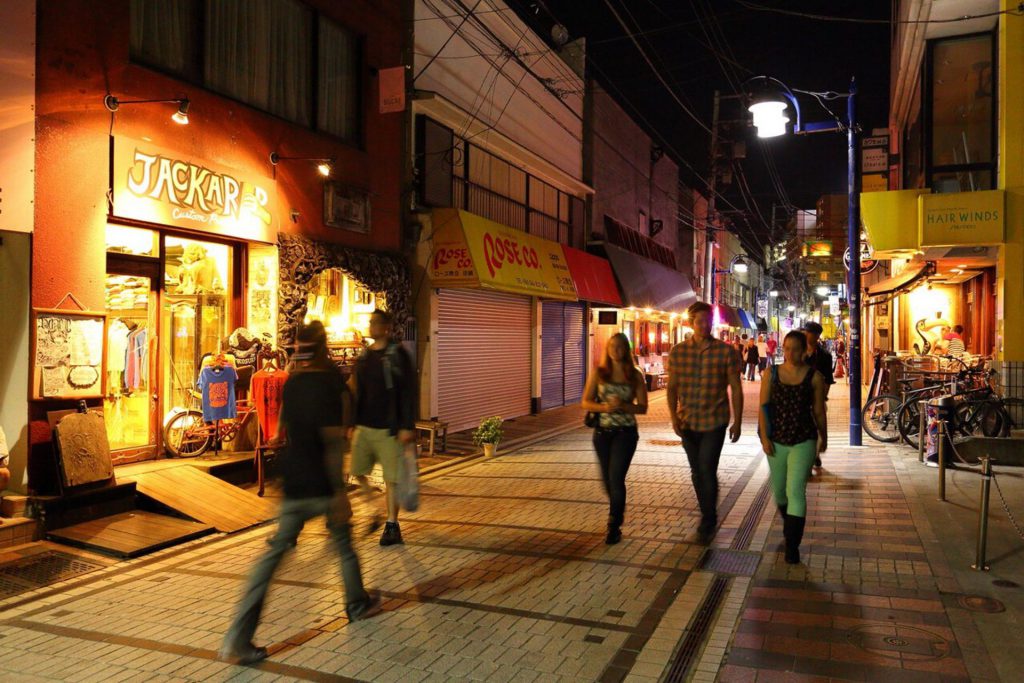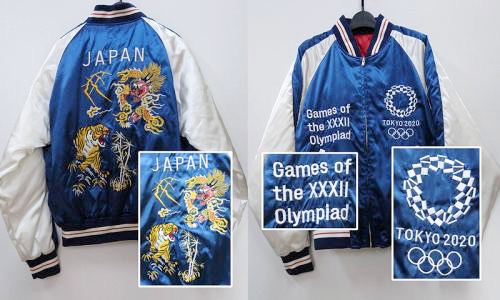
Yokosuka's Dobuita Street: The birthplace of "Sukajan"
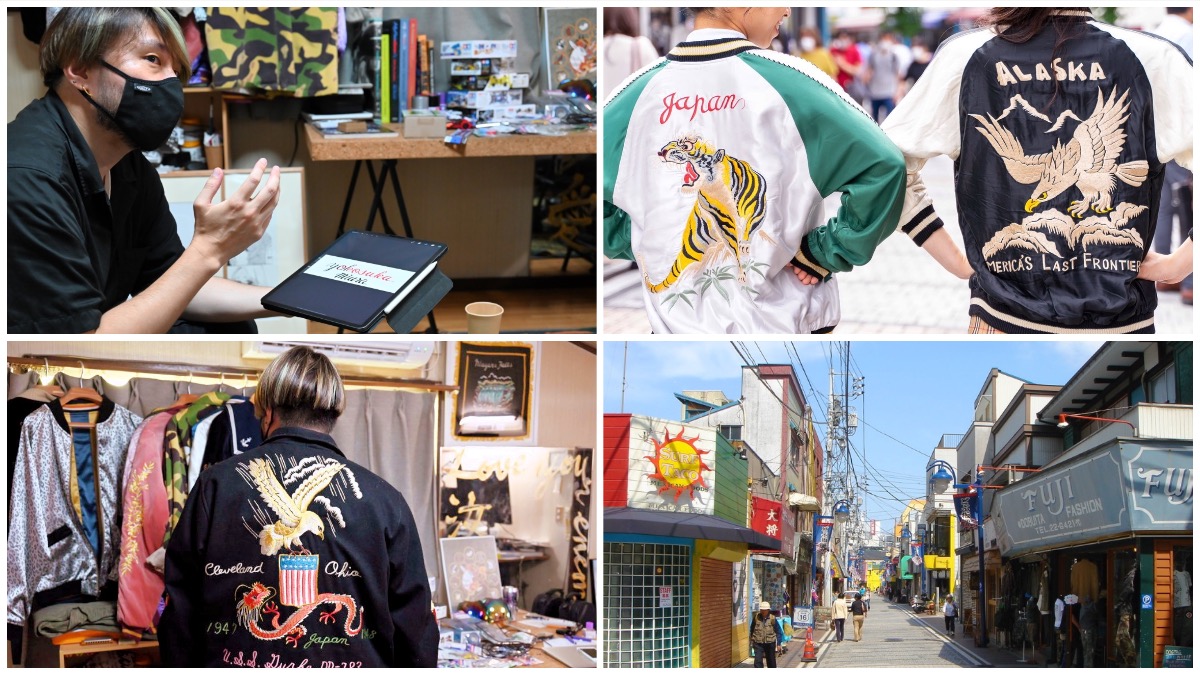
A photo posted by one of the refugee athletes who participated in the 2020 Tokyo Olympics has become a global topic.
It was a photo of her wearing the Japanese fashion item ``Sukajan,'' which is said to have originated on Dobuita Street in Yokosuka City, Kanagawa Prefecture.
What kind of image do you have of Sukajan? “Flashy”, “cool”, “comedians wear them”?
Sukajan has a flashy image due to its embroidered pattern with a strong impact, but its unknown history and roots are deep.
Sukajan is a traditional Japanese fashion item that has suddenly attracted attention from around the world. This time we will explore its charm!
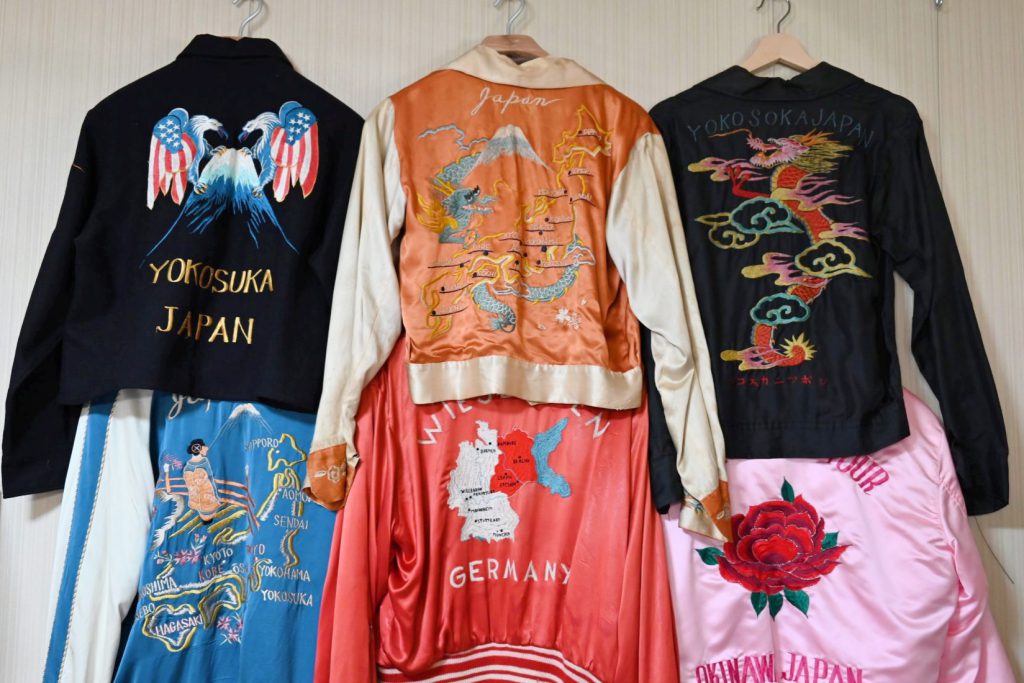
Gorgeous, excellent, cool...Sukajans continue to receive praise from all over the world.
Quote: Yusra Mardini Official Instagram
Sukajan has become a hot topic as an officially licensed product for the 2020 Tokyo Olympics.
This is an original Olympic sukajan that was independently developed in Yokosuka's Dobuita-dori shopping district, the birthplace of the sukajan. The design is based on navy blue, the color of the 2020 Tokyo Olympics, and features a typical Sukajan pattern embroidered with dragons and tigers on the back, the word JAPAN, and the Games emblem on the chest.
Yusra Mardini, a competitive swimmer from Syria who is one of the refugee athletes who participated in the competition, became a hot topic when she posted a photo of herself wearing a Sukajan on social media.
This sukajan, decorated with the word "JAPAN" and gorgeous embroidery, attracted attention from all over the world, with many comments such as "It's so good!", "Where can I buy it?", and "I want it too!".
Image source: Yokosuka Honmachi Dobuita Dori shopping street website
First of all, what is Sukajan? Its origin and history
It is said that it began to be called Sukajan around the 1960s, and there are several theories about its origin, but the most popular theory is that it is an abbreviation for "Yokosuka Jumper."
It is often confused, but "stadium jumper" is an abbreviation for "stadium jumper". Although the silhouettes are similar, the materials and designs are different, and the historical background and origin are also different.
There is also a similar jacket called the "Vietnamese Jumper" which has a strong military style, with the jumper body being entirely black or green.
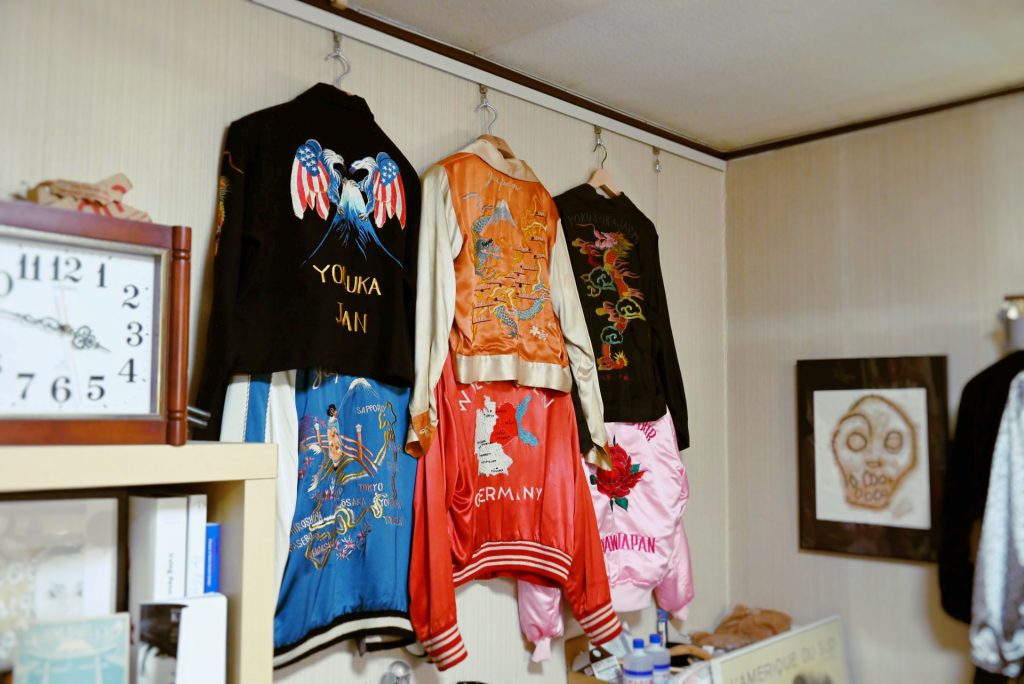
We asked Hiromi Yokochi, a sukajan illustrator.
This time, the Guidoor Media editorial department spoke to Hiromichi Yokochi , who is active as a Sukajan artist in Dobuita-dori shopping street in Yokosuka, the birthplace of Sukajan, and has connections with the local community. I did.
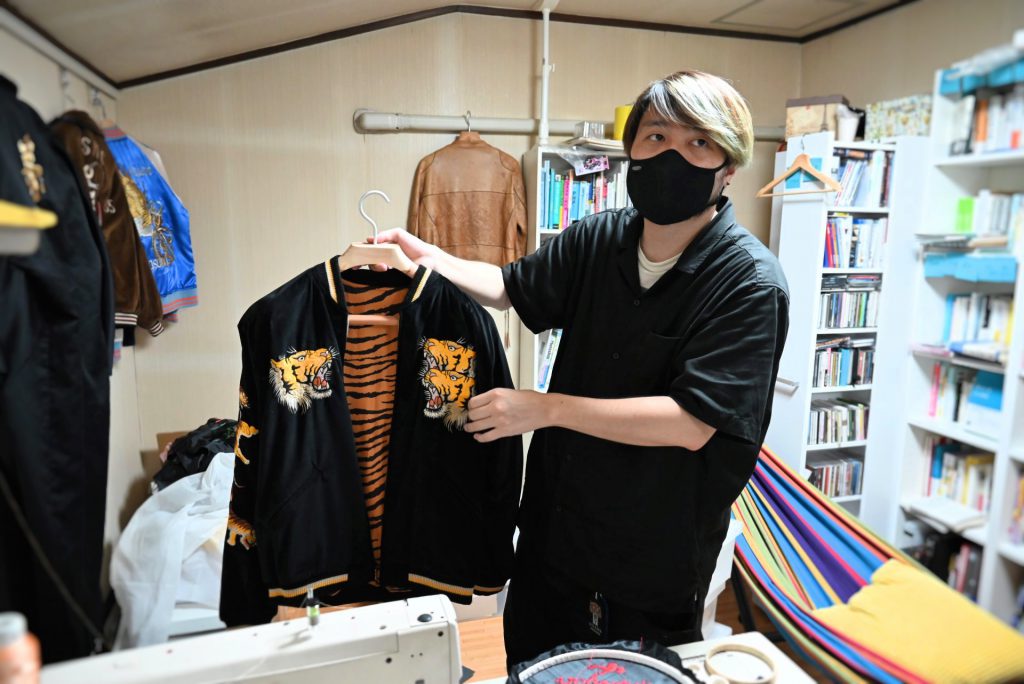
Skajan seeker! Mr. Yokochi is active mainly in Yokosuka.
Mr. Yokochi has his own design office on Dobuita Street and is active as a ``Sukajan artist''. While valuing the tradition and history of sukajan, he uses the latest digital technology to create new embroidery patterns unique to Yokosuka's Dobuita Street.
Mr. Yokochi's unique designs, created with an awareness of the traditional patterns of skajans and the inheritance of history and culture, continue to convey the new appeal of sukajans to the world.
Hiromichi Yokochi | Sukajan artist and creative director
Born in Nagoya, Aichi Prefecture in 1981. As his father, a painter, studied abroad, he spent a year in Paris when he was in the first grade of elementary school. He studied cognitive psychology and (as a result) basic design theory at Kobe University Graduate School. He became independent after working as a planner and director at Kayak, an interesting company. He is involved in a variety of productions, from illustrations to the establishment of vocational schools, and handles a wide range of work from upstream processes to production work. He believes that the goal of his creations is to create a living, and in recent years he has been actively involved in community activities in Yokosuka, where he lives. He started working as a sukajan illustrator after designing the pattern for the 60th birthday sukajan ``Kanjan®''.
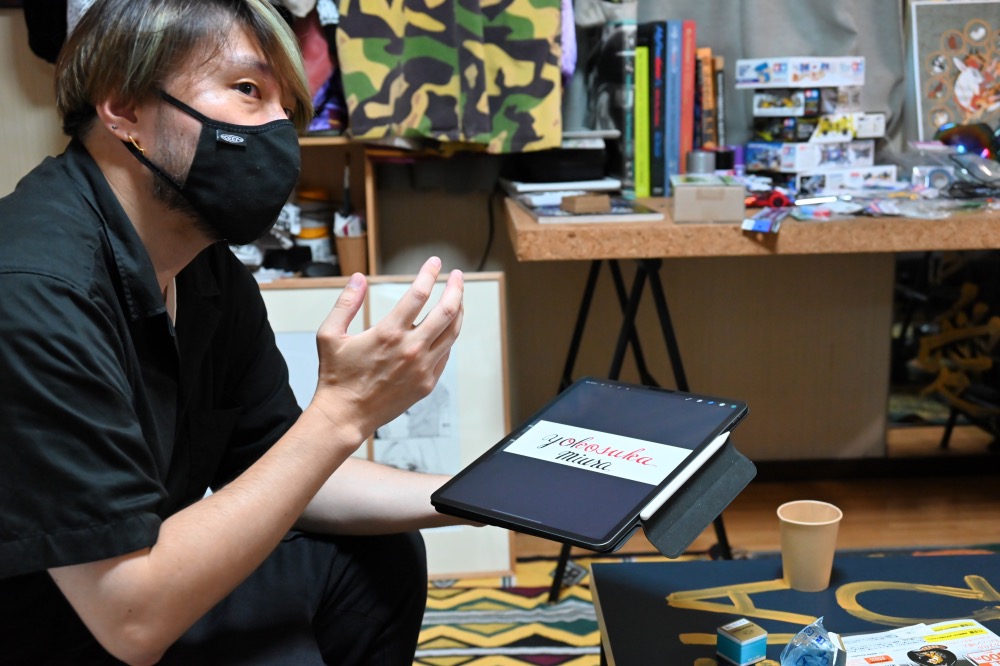
“War and souvenir culture” lies in the roots of Skajan
It is said that the current form of sukajan began to be made in Yokosuka around 1947. Its roots are said to have a lot to do with postwar souvenir culture.
After World War II, various items were made for the U.S. military and other soldiers stationed in Japan so that they could be bought as souvenirs to take home to their families and loved ones.
In particular, gifts for lovers waiting in the field or home country (Sweetheart Souvenir) are said to have been a valuable source of income for people in base towns.
For example, even if the souvenirs are not made of high-quality materials, they are made through trial and error to create decorations that are time-consuming and look luxurious. One such decorative technique was embroidery.
Nowadays, embroidered souvenirs from Yokosuka are limited to skajans, but back then, embroidery was applied to a variety of items, including cushion covers, photo albums, neckties, and handkerchiefs.
Skajan embroidery was created in a desperate effort to sell goods and provide sustenance for tomorrow, even though supplies were still in short supply in post-war Japan.
According to Mr. Yokochi, a sukajan illustrator who we spoke to this time, the customization culture of American soldiers was particularly influential in making jackets the mainstay of souvenirs. Since wartime, there has been a culture among American soldiers to enjoy adding their own embroidery to the lining of their uniforms, and this must have led to the creation of the ``souvenir jacket,'' an embroidered jacket that was used as a souvenir from the battlefield. about it.
At the Yokosuka US military base after World War II, the American soldiers stationed at the base originally placed orders from tailor shops and craftsmen, and each brought parachute fabric (silk at the time) and wool blankets. It seems that the jackets were made into jackets, and the emblems of the troops, bases, etc. to which they belonged were engraved. It has been said that the shape of the skajan was created by embroidering tigers and dragons, typical of the East, and eagles, the symbol of America.
This culture of embroidered souvenir jackets has also taken shape in countries such as Korea and Germany. In particular, jackets made in Vietnam, where the Vietnam War took place, are called Viet Jeans and have developed in a unique way.
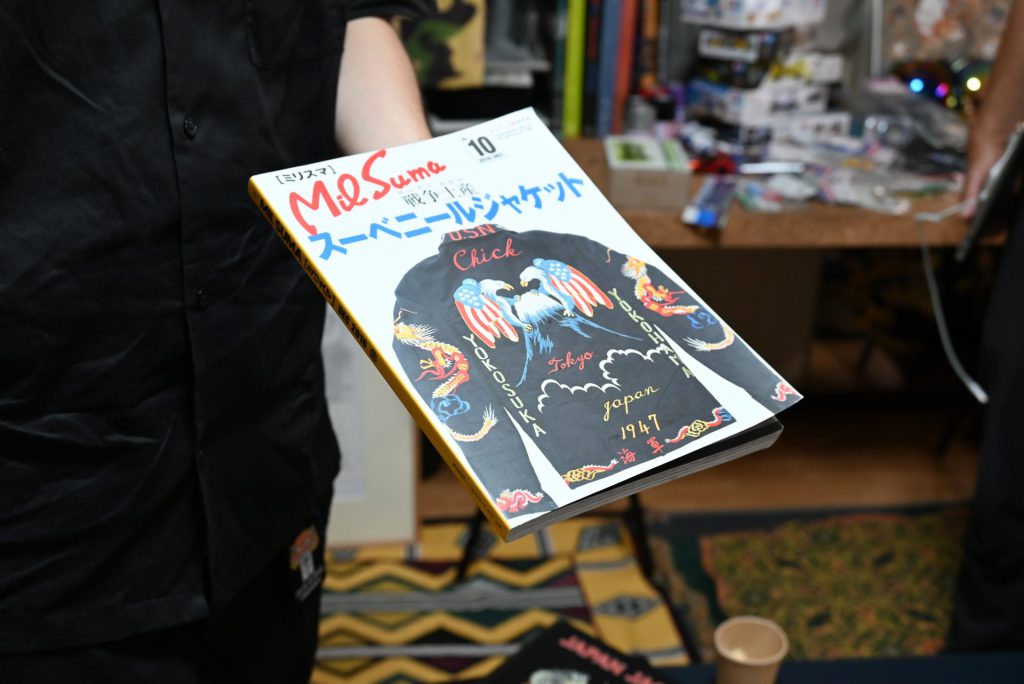
Mr. Yokochi, who “understands everything about Sukajan” aims to reach new heights every day as the first Sukajan artist.
Mr. Yokochi is conscious not only of the sukajan, but also of Yokosuka's history, culture, climate, and ``how did the people of that time live?'' He reflects on the skajan and creates designs for it.
Mr. Yokochi loves Yokosuka and wants to love Sukajan more than anyone else. In order to spread the appeal of Sukajan and pass on Sukajan culture to the next generation, I believe that I need to understand Sukajan better than anyone else.
Mr. Yokochi: Dobuita Street is the birthplace of Sukajan. However, when I first started working on this street, while skajans were well-established and recognized as ``souvenirs,'' I also wanted to explore their appeal as ``fashion,'' and study the meaning of the patterns and how to make them as crafts, as well as their history. There was not that much awareness of transmitting the message and preserving cultural values.
Considering the current situation, I feared that if things continued as they were, the sukajan culture would eventually die.
I have always loved fashion and clothes since I was young. Even when I was young and didn't have much money, I was the type of person who wanted to wear clothes that I thought were cool, even if they were expensive, such as vintage clothes or clothes with elaborate designs.
I believe that there is a certain beauty and charm about Sukajan that can only be felt and conveyed to someone who loves fashion and clothes so much. With this in mind, we are thinking every day about how to wear sukajan as a fashion item, rather than just a souvenir or decoration, and how to develop new products.
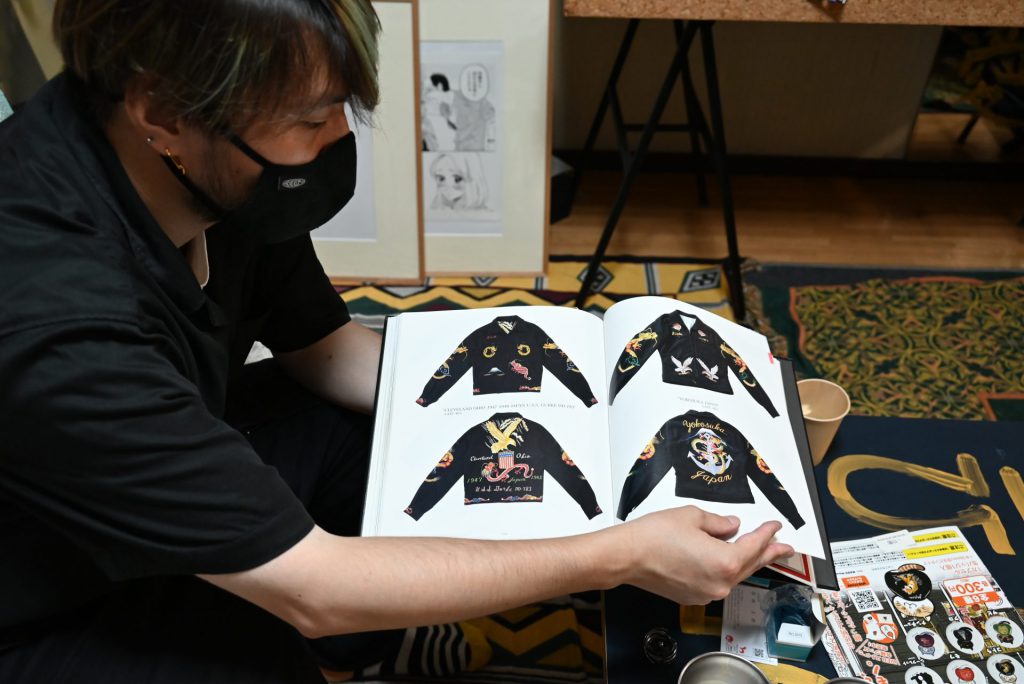
We propose Sukajan as a fashion item rather than a souvenir.
While inheriting, researching, and valuing the tradition of sukajan, Mr. Yokochi is trying to create a new appeal of sukajan that is not bound by the traditional framework and pass it on to the next generation.
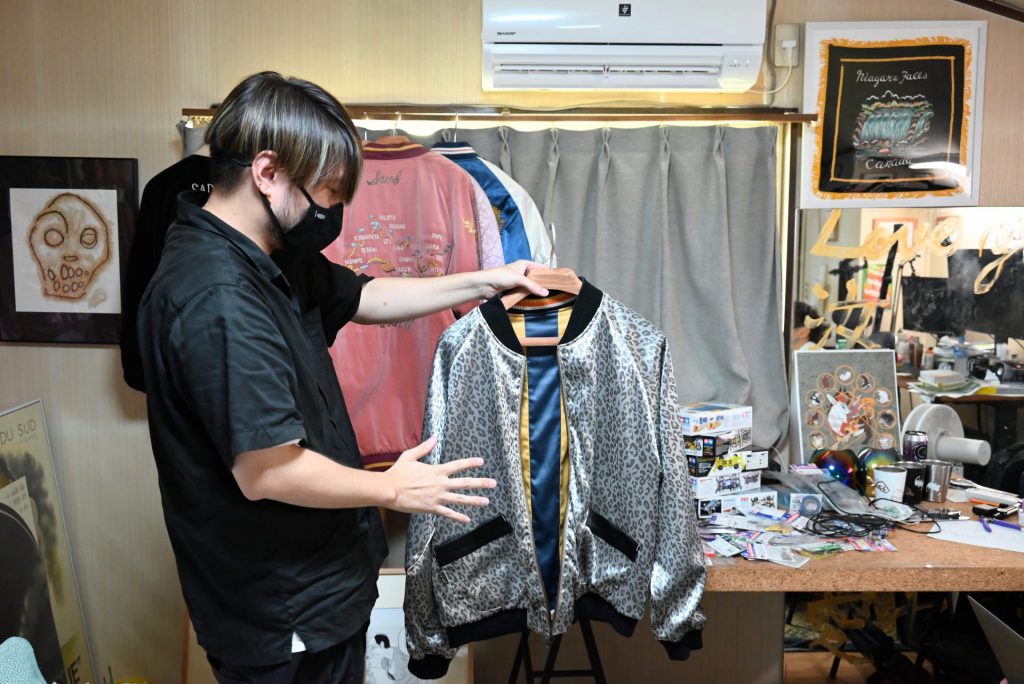
Mr. Yokochi explains his Sukajan collection at his workshop.
Mr. Yokochi: From now on, I would like to continue to propose new ways to wear Sukajan, and coordination that is not limited by age.
It's not just the standard sukajan style that everyone imagines, but there are actually a variety of styles such as smart styles, fashionable styles, sporty styles, and cute styles.
There are many elements that make sukajans even more enjoyable, such as the shape, material, and pattern. While valuing the tradition and vintage of sukajan, we would like to create and nurture a new definition of sukajan.
To achieve this, I believe that I need to study Sukajan more than anyone else and think about it every day. I personally wear sukajans because they look cool, no questions asked, and I make sukajans with that in mind.
I think it's true that the fashion item called sukajan has a high hurdle. It's not clothing that anyone can wear anytime, anywhere.
I wouldn't wear it to an interview or a wedding greeting (lol).
Also, depending on how you wear it and the person wearing it, it can look a bit crazy or even scary. Even so, I still wear Sukajan jackets every day and everywhere (lol)
But that's why I think Sukajan jackets are so cool.
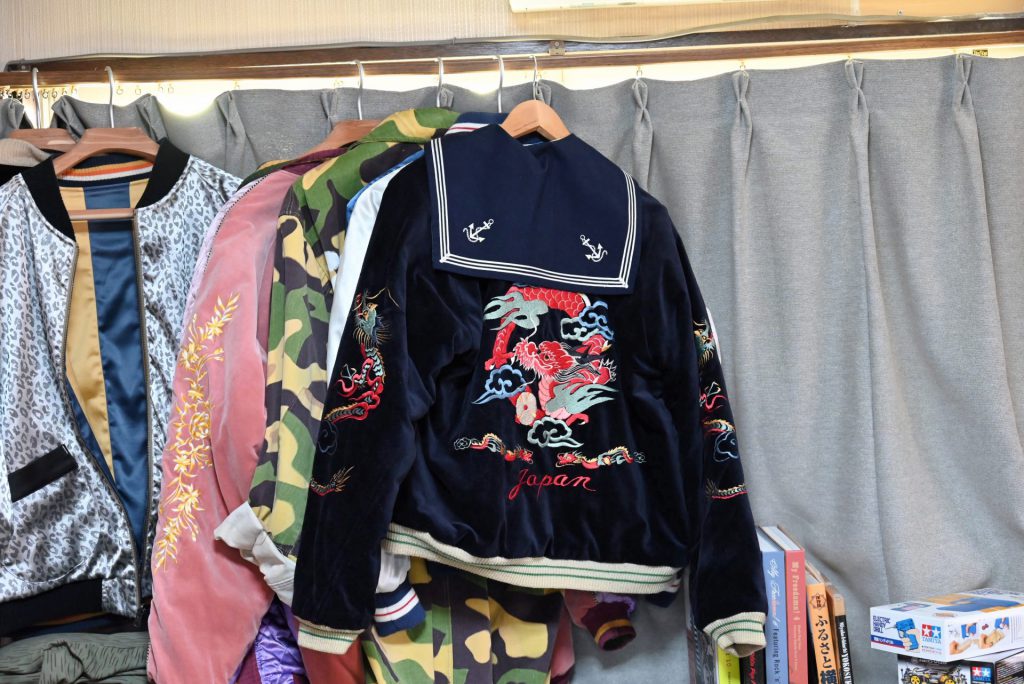
“The pattern is magic!” I want to convey the traditional pattern of Sukajan and its depth.
Wearing a sukajan means wearing a pattern. Mr. Yokochi feels that the embroidery on Sukajan jackets has a sacred power.
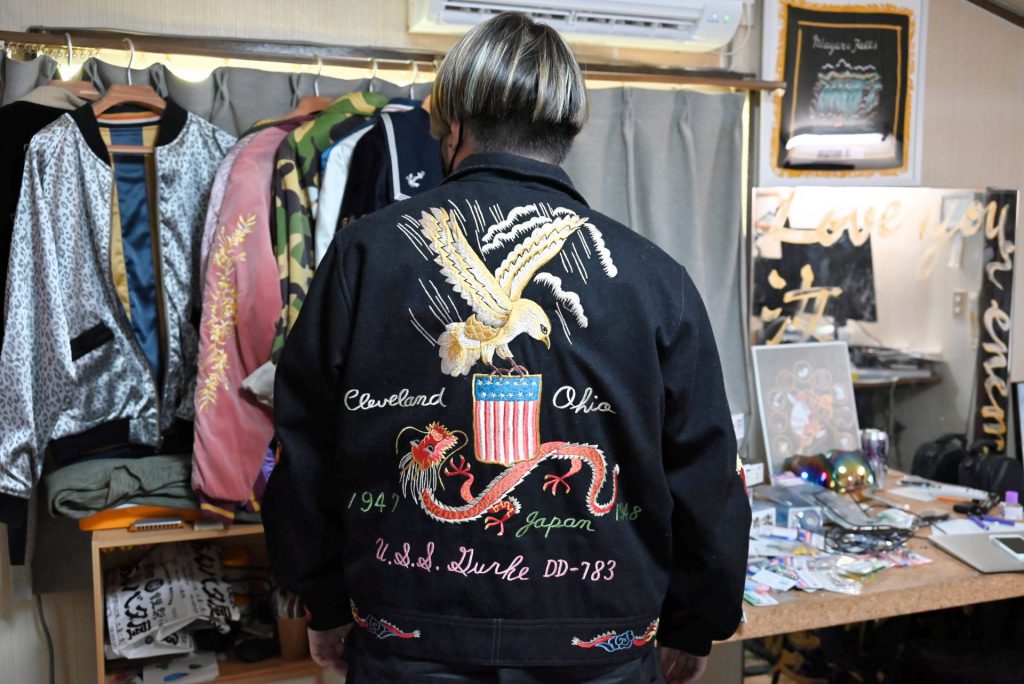
Ms. Yokochi: The act of sewing embroidery, which requires human labor, is filled with the feelings of the person making it, similar to a prayer. Each pattern has a meaning, and we wear something embroidered with that. In other words, wear the pattern. Naturally, it has a special meaning and feeling attached to it.
I'm often told that sukajan jackets are so flashy, but I believe that all humans around the world love patterns. Patterns can be seen in cultures around the world. In Japan, patterns have been used in various situations since ancient times, and patterns were also favored for kimonos and everyday items, and patterns were incorporated into daily life.
Therefore, I believe that the pattern of Sukajan jackets is not inherently foreign, and that there are people all over the world who love them.
Sukajan pattern items such as tin badges are also being developed and distributed!
The price range for authentic sukajans ranges from tens of thousands of yen to over 100,000 yen, which is by no means cheap. But of course there's a reason for that. This is because the unique embroidery requires the labor of many craftsmen.
Sukajan jackets are expensive, so not everyone can easily buy the real thing.
For this reason, Mr. Yokochi is developing new items so that everyone can learn about the benefits of sukajans, and to spark new interest in them. These are original badges, earrings, etc. that are made with an eye toward easy-to-pick-up and affordable price ranges.
This is also sold at Dobuita Dori shopping street, and is said to be popular as a souvenir. First of all, I would like people to know the quality of Sukajan jackets and get them interested. Mr. Yokochi wants more people to hold the actual Sukajan in their hands, see the real pattern, and learn about its quality.
The idea is that `"I want people to wear the Sukajan pattern at all times, even when they're not wearing the Sukajan.''
Your encounter with Sukajan will completely change your image of Sukajan, and it is sure to lead to the discovery of new charms for you.
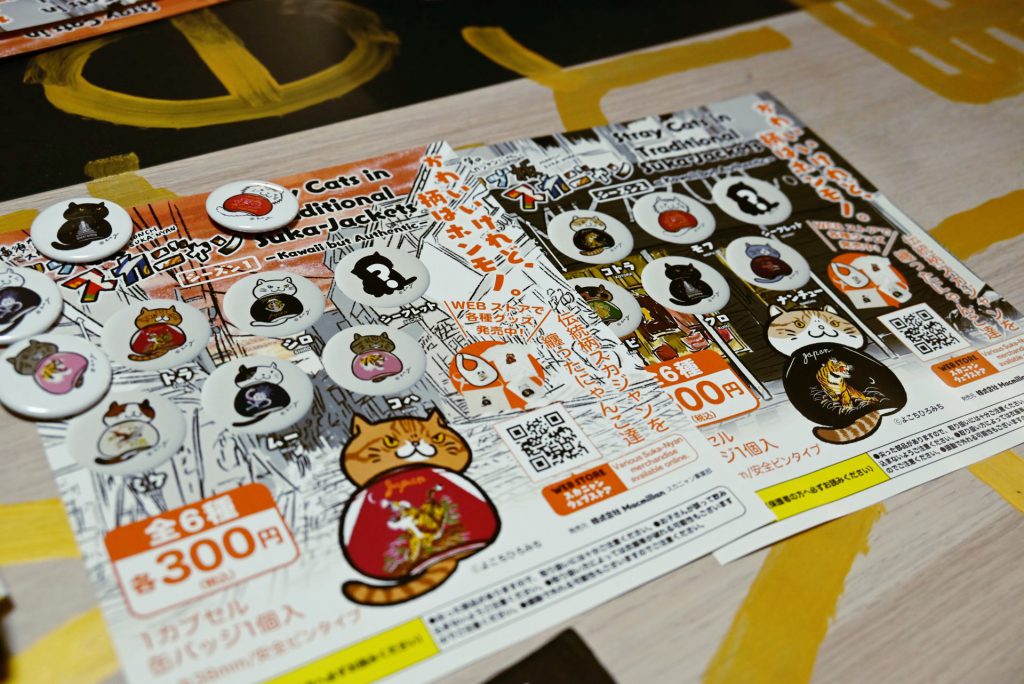
Dobuita Street, the birthplace of Sukajan, is a particularly exotic
Dobuita Dori is a shopping street full of exotic atmosphere that combines the atmosphere and culture of Japan and America. A variety of fashion items are gathered here, from sukajans to military shops, American casual fashion, and vintage items.
There are also restaurants, cafes, and bars, and you can enjoy Yokosuka's local specialties such as "Yokosuka Navy Burger," "Yokosuka Navy Curry," and "Cherry Cheesecake" all on Dobuita Street.
Yokosuka is a city rich in history, culture, and tradition, including the arrival of the Black Ships and Perry. It has many aspects to it, such as a town that retains the atmosphere of the good Showa era, where Kishin Shinoyama shot a video for Momoe Yamaguchi. Yokosuka is also a city with a hot street culture.
In Yokosuka, hip-hop, dance, skateboarding, BMX, and other ex-sports are popular among the young generation, and street culture has naturally been fostered there. Recently, exchanges that transcend generations and boundaries have been born, and new activities and projects are starting to take shape. We are paying more and more attention to the future of Yokosuka culture.
